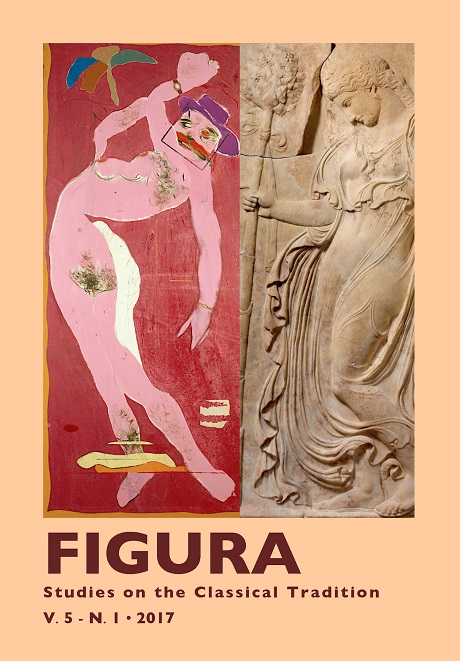Abstract
Johan Huizinga (1872-1945) was an enthusiast of the presence of images in Cultural History. In The aesthetic element of historical representations, a lecture presented at the University of Groningen, in 1905, the Dutch author emphasizes the importance of the visual aspect of the past to the understanding of historical events. In an opposite direction to the influences of Natural Sciences in the historiography of those years, he believed that the artistic creations of a time can not only be regarded as sources for the historian but also have the potential to access “realities”that official documents would not achieve. This understanding provided the basis for a good part of his work as a cultural historian –in particular, for his best-known book The Autumn of the Middle Ages, of 1919, that found it’s starting point out of the art of the van Eyck brothers. In this article, we intend to discuss the ideas of Huizinga’s lecture on the relations between Art and History, showing the affinity of his thought with historical-artistic studies developed between the end of the nineteenth century and the beginning of the twentieth century,unrelated to the formalist tendencies.

